Budget Micro ATX Z490 Roundup: Inexpensive ASRock, Asus and Gigabyte Boards Battle
Specifications - Asus Prime Z490M-Plus
| Socket | LGA 1200 |
| Chipset | Z490 |
| Form Factor | Micro ATX |
| Voltage Regulator | Phase 9 (8+1) 50A MOSFETs |
| Video Ports | (1) HDMI (v1.4b) |
| Row 5 - Cell 0 | (1) DisplayPort 1.4 |
| Row 6 - Cell 0 | (1) DVI-D |
| USB Ports | (1) USB 3.2 Gen 2, Type-C (10 Gbps) |
| Row 8 - Cell 0 | (1) USB 3.2 Gen 2, Type-A (10 Gbps) |
| Row 9 - Cell 0 | (2) USB 3.2 Gen 1, Type-A (5 Gbps) |
| Row 10 - Cell 0 | (2) USB 2.0 |
| Network Jacks | (1) GbE |
| Audio Jacks | (3) Analog |
| Legacy Ports/Jacks | ✗ |
| Other Ports/Jack | ✗ |
| PCIe x16 | (2) v3.0 (x16, x16/x4) |
| PCIe x8 | ✗ |
| PCIe x4 | ✗ |
| PCIe x1 | (2) v3.0 (x1) |
| CrossFire/SLI | 2-Way CrossfireX |
| DIMM slots | (4) DDR4 4400(OC) |
| M.2 slots | (1) PCIe 3.0 x4 / PCIe (up to 110mm) |
| Row 22 - Cell 0 | (1) PCIe 3.0 x4 / SATA + PCIe (up to 80mm) |
| U.2 Ports | ✗ |
| SATA Ports | (5) SATA3 6 Gbps (RAID 0, 1, 5 and 10) |
| USB Headers | (1) USB v3.2 Gen 2 (Type-C) |
| Row 26 - Cell 0 | (1) USB 3.2 Gen1 |
| Row 27 - Cell 0 | (2) USB v2.0 |
| Fan/Pump Headers | (5) 4-Pin (PWM/DC supported) |
| RGB Headers | (1) 4-pin RGB |
| Legacy Interfaces | ✗ |
| Other Interfaces | FP-Audio |
| Diagnostics Panel | ✗ |
| Internal Button/Switch | ✗ |
| SATA Controllers | ✗ |
| Ethernet Controllers | (1) Intel I219-V (1 GbE) |
| Wi-Fi / Bluetooth | ✗ |
| USB Controllers | ASMedia ASM1543 |
| HD Audio Codec | Realtek ALC887 |
| DDL/DTS Connect | ✗ / ✗ |
| Warranty | 3 Years |
Starting with the included accessories, our Asus Prime Z490M-Plus board includes what’s needed to get the system up and running, but that’s about it. Manuals, driver DVD, SATA cables and M.2 screws complete the accessory stack. No bullet points needed here.



As far as the appearance goes, the Prime Z490M-Plus, like the ASRock above, sports a jet-black PCB along with white lines/patterns stenciled on the board. The heatsinks are all silver/aluminum with a brushed finish. Note this board doesn’t include integrated RGB lighting. If you would like to add some, there is one 4-pin RGB header (typically there are four onboard). Overall, the board looks busy with everything going on, but it will still fit in with most build themes.

Looking more closely at the top half of the board, on the left side we see a small heatsink with a lot of surface area covering the VRMs. Unlike the ASRock board, Asus didn’t extend this heatsink over the IO area, so it doesn’t look as ‘clean’ as the ASRock. Delivering power to CPU is a required 8-pin EPS connector and optional 4-pin.
Also located by the VRM heatsink and EPS connectors is the first (of five) fan headers (CHA_Fan2). All fan headers on this board support both PWM and AC control. Each fan header is capable of up to 1A/12W of power. I would like to have seen at least one header with more output, so there is less worry about overloading any one of these. Between the top VRM heatsinks and DRAM slots are two more fan headers (CPU_Fan, AIO_Pump).
The DRAM slots alternate black and grey color for ease of identifying the right pair for dual channel (use the grey slots first). The slots lock on one side only, allowing for easier removal of RAM with a video card installed. Like all of the other boards, the DRAM slots do not include reinforcement. Support is listed up to DDR4 4400(OC) with capacities up to 128GB. As always, your mileage may vary in reaching these speeds. We had no issues running our DDR4 4000 2x8GB kit, though.
On the right edge of the board, there isn’t too much going on. We see the 24-pin ATX lead for powering the board, and two front-panel USB 3.2 Gen1 headers.

On the VRM front, our budget Prime Z490M-Plus uses a ‘teamed’ vcore implementation. Power is sent to the VRMs through an ASP1900B (X+Y=8) controller that sends power to eight 50A Vishay SIC639 DrMOS (high and low side combined) MOSFETs. This implementation took our i9-10900K to 5.2 GHz without issue. The VRM’s ran warm, but well within their operating parameters.
Get Tom's Hardware's best news and in-depth reviews, straight to your inbox.

The bottom half of the board contains the audio, PCIe slots and M.2 storage area. Starting at the left side, we see an exposed Realtek ALC887 codec, along with a few small Nicicon audio caps. Like the other boards, we won’t find EMI shielding here. This codec isn’t high up the charts for premium audio, but should be fine for most users.
The PCIe area in the middle consists of two full-length slots and two x1 slots wedged between them. The primary GPU slot (top) runs at x16 speeds (CPU sourced) and is reinforced with Asus Safe Slot Core+ to prevent shearing and EMI interference. The bottom slot is wired to the chipset and runs at x4 speeds. This setup supports AMD 2-Way CrossfireX. Like the ASRock board, Asus chose to put the x1 slots between the full-length slots, which would cover at least one with a 2-slot GPU. Be aware of this issue if you plan on using the x1 slots.
On the M.2 front, our Asus board places an M.2 socket above the primary PCIe slot and above the other full-length slot. The M2_1 (top socket) supports PCIe 3.0 x4 based M.2 modules up to 110mm in length. The bottom socket (M2_2) supports both SATA and PCIe 3.0 x4 modules. When using the M2_2 socket in SATA mode, the SATA 1 port is disabled.
Just to the right is a small pushpin-attached chipset heatsink and four SATA ports. The fifth port is oriented vertically on the bottom edge. RAID 0, 1, 5, and 10 modes are supported in the SATA ports.
The bottom edge of the board contains a slew of headers, from USB ports to RGB, with fan headers between. Below is the full list, from left to right.
- Front panel audio
- COM port
- SPDIF out header
- Chassis fan header
- (2) USB 2.0 ports
- Chassis fan header
- SATA port
- Front panel header
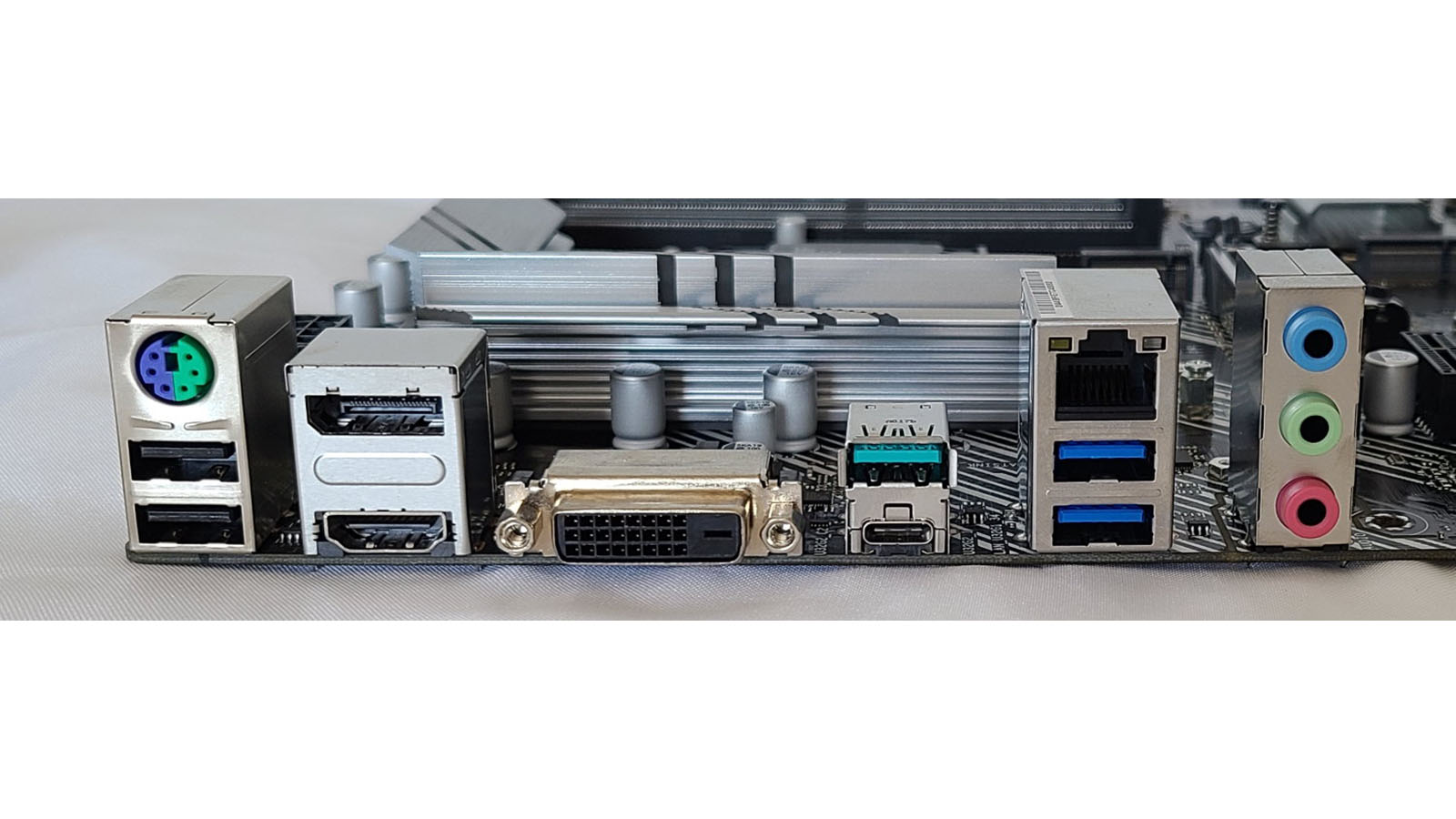
Moving on to the rear IO, again it isn’t the most feature-rich, offering a total of six USB ports. On this board you’ll find two USB 3.2 Gen2 ports (Type-A and Type-C), two USB 3.2 Gen1 ports, and two USB 2.0 ports. The count is the same, but port types/speeds are overall slower here compared to the ASRock board. On the video side, we see DVI-D, HDMI, and DisplayPorts. Outside of that is a three-plug analog audio stack, the Intel Ethernet port, and a PS/2 port.
Software
Asus has several applications designed for a variety of functions, ranging from RGB lighting control, audio, system monitoring, overclocking and more. Instead of plodding through each application as if it changes for each review, moving forward, we’ll capture several screenshots of a few major utilities. In this case, we’ll look at Ai Suite 3, Armory Crate, and the Realtek Audio application, to show all the screens.






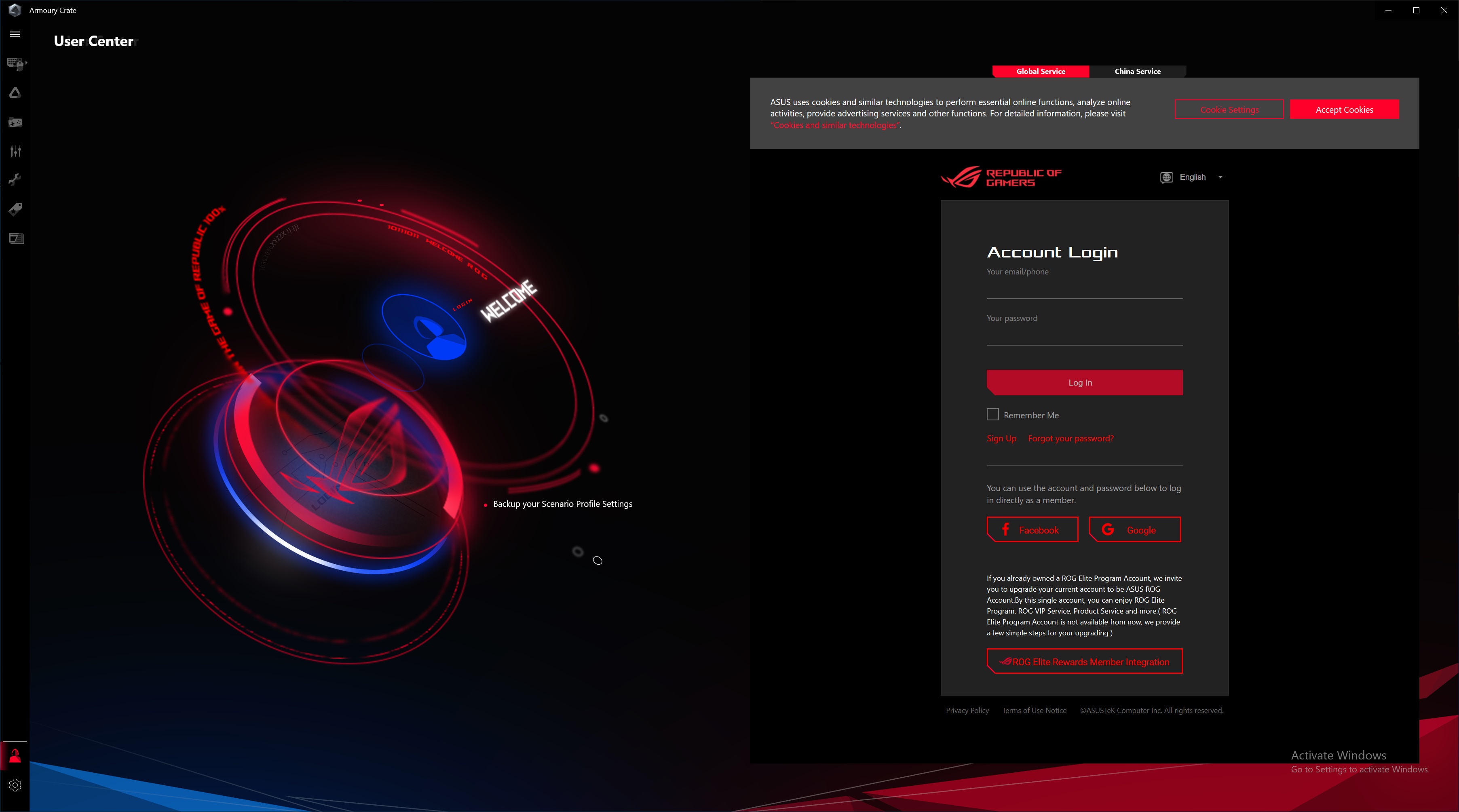





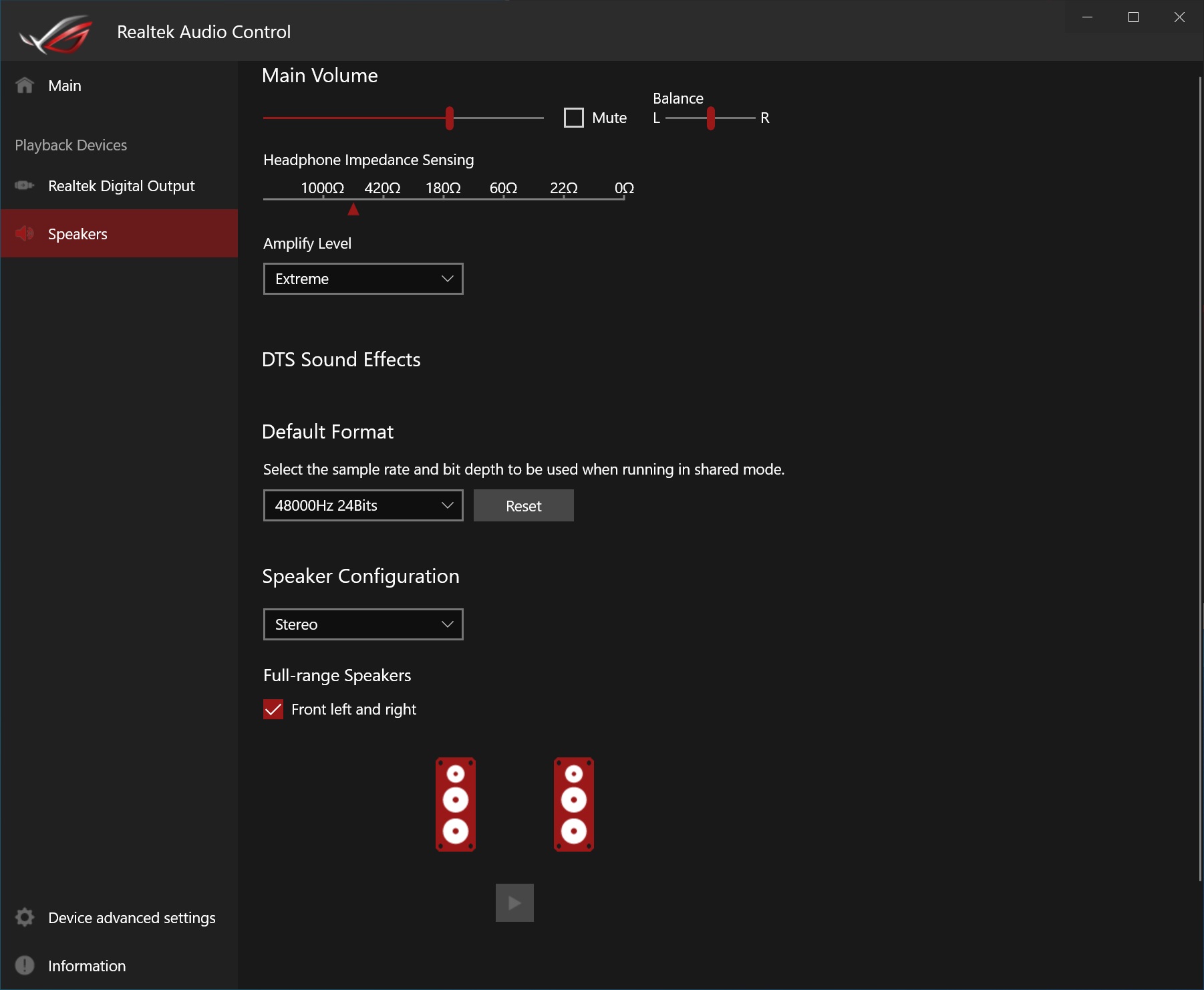
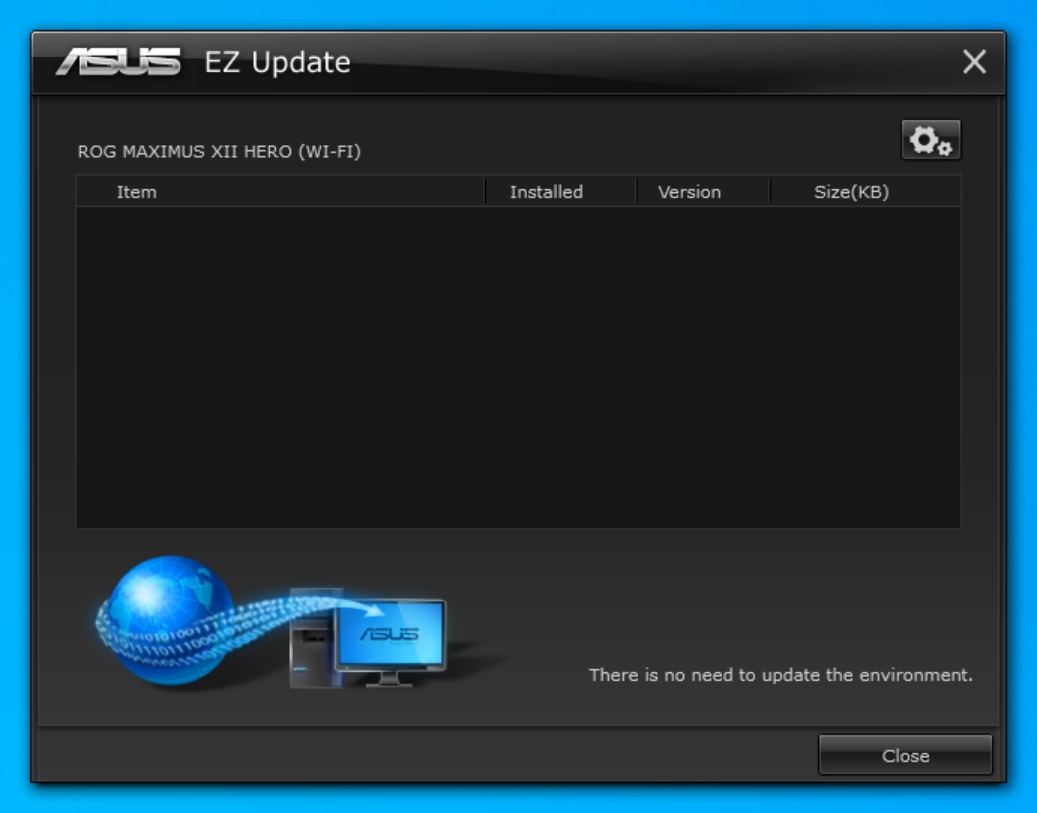


Firmware
Like the software section above, we’ve shortened the Firmware section as well. Instead of describing each section, we’ve gathered screenshots covering the vast majority of the bios screens. If there is anything of interest, we’ll make note of it.
I’ve been a longtime fan of the Asus UEFIs as they are easy to get around, have a lot of options, and the most frequently accessed items are not buried deep within the menus. The BIOS is high-contrast and easy to read, too. The EZ Mode provides enough information and options to be useful, while the Advanced part of the BIOS has everything you need, and more, to tweak your motherboard.



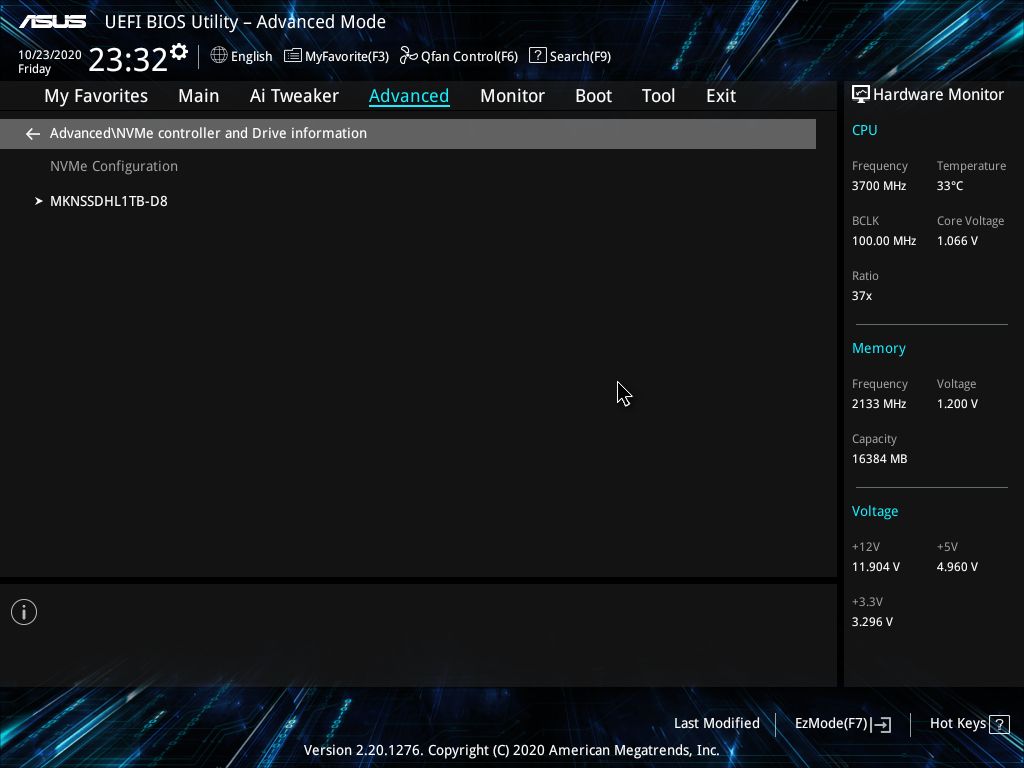












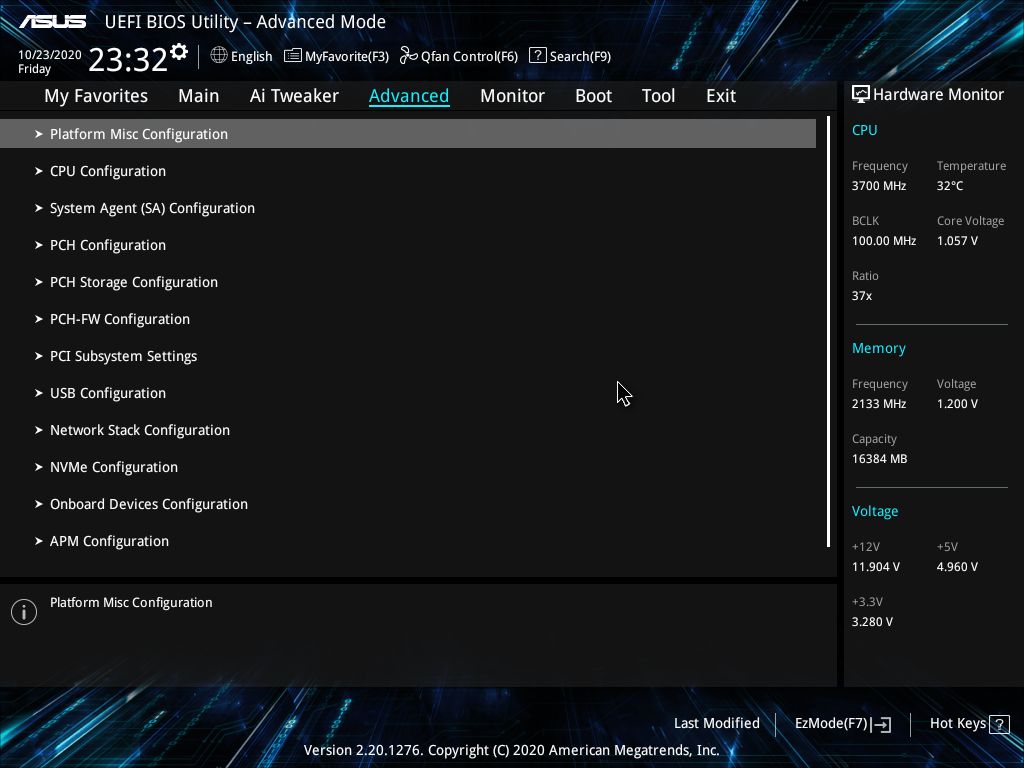



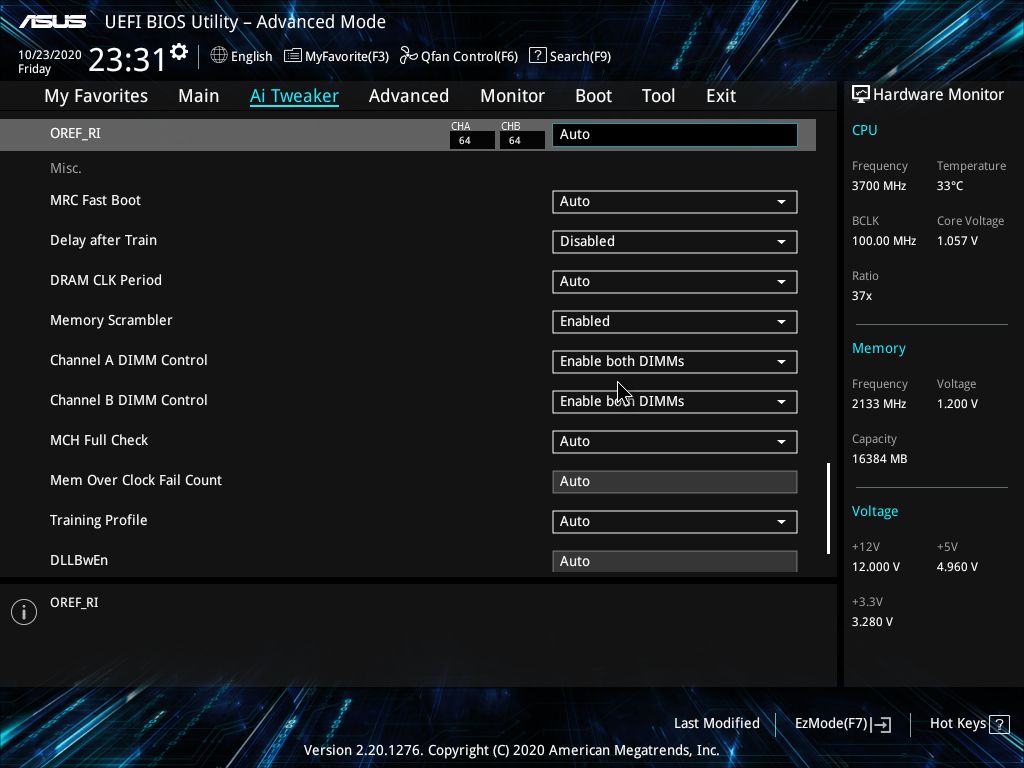


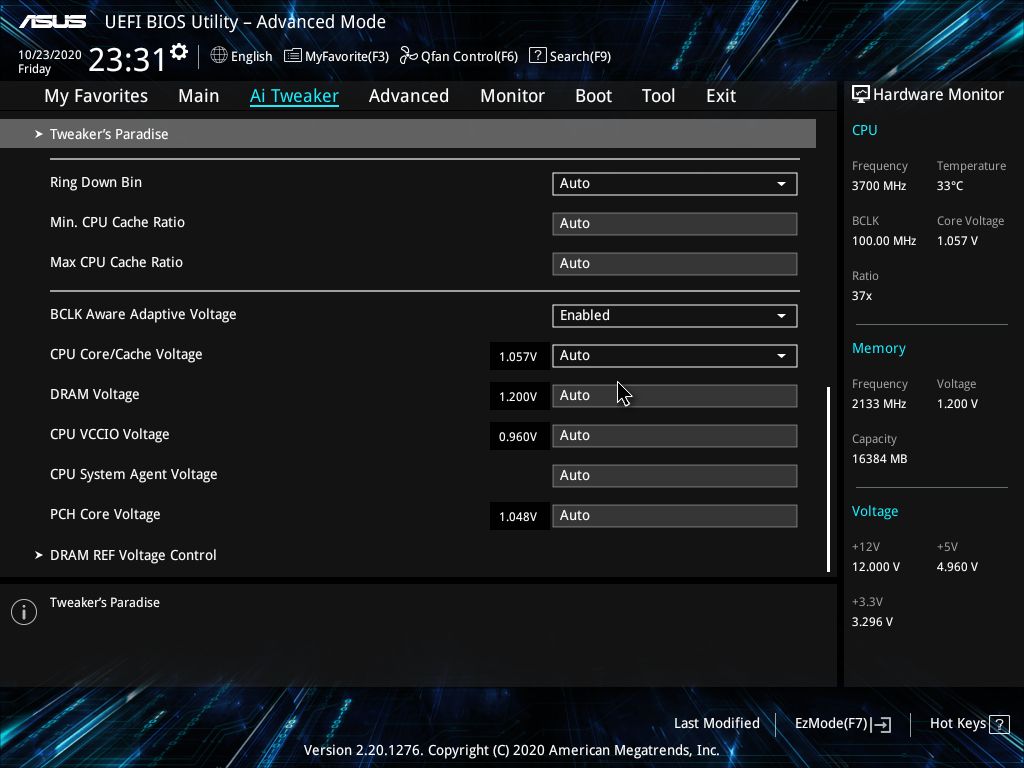




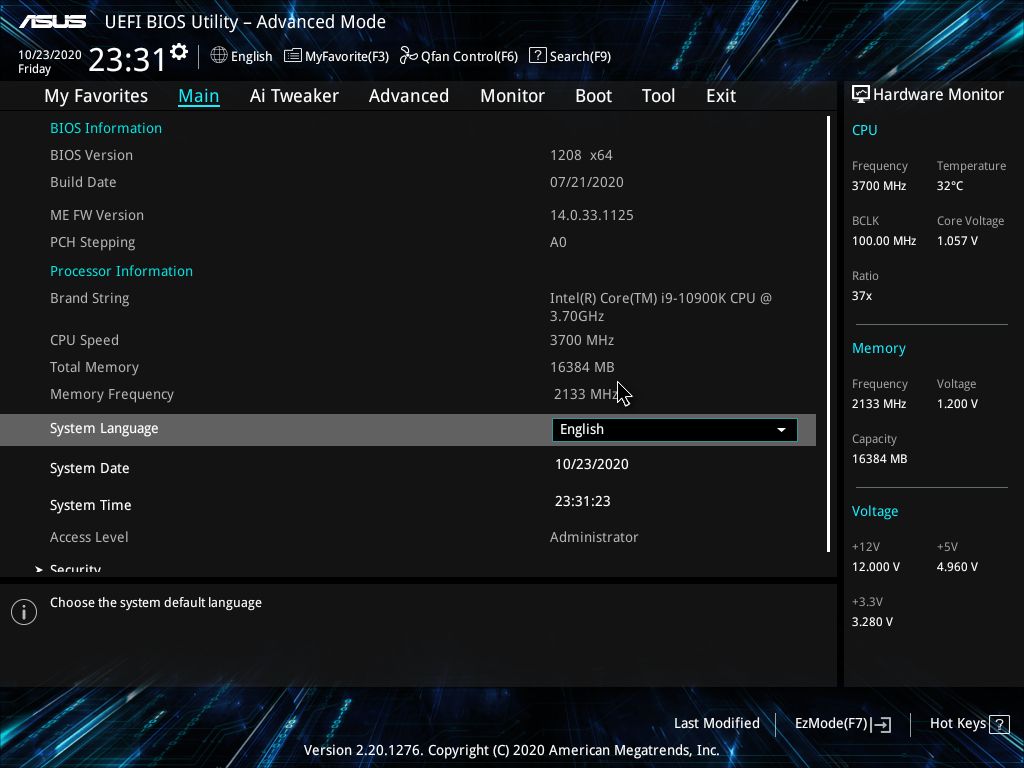


MORE: Best Motherboards
MORE: How To Choose A Motherboard
MORE: All Motherboard Content

Joe Shields is a staff writer at Tom’s Hardware. He reviews motherboards and PC components.